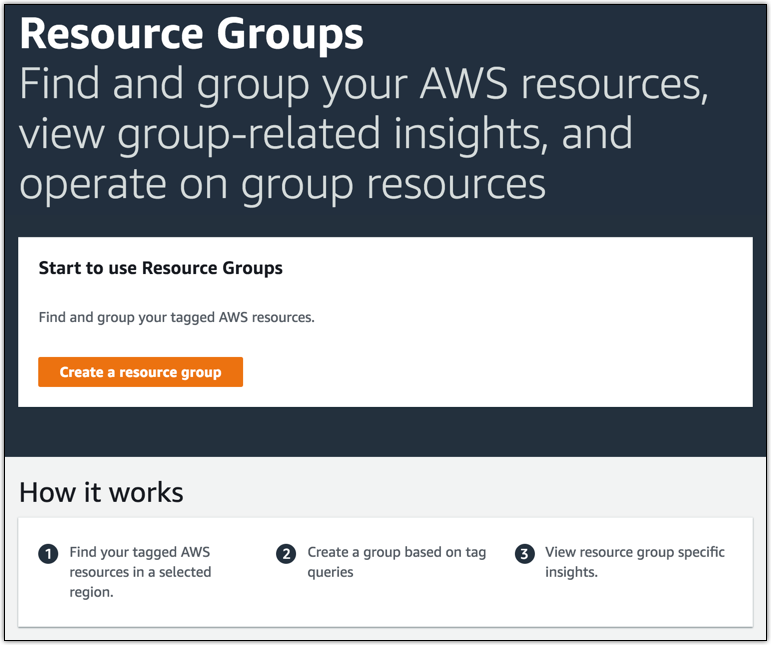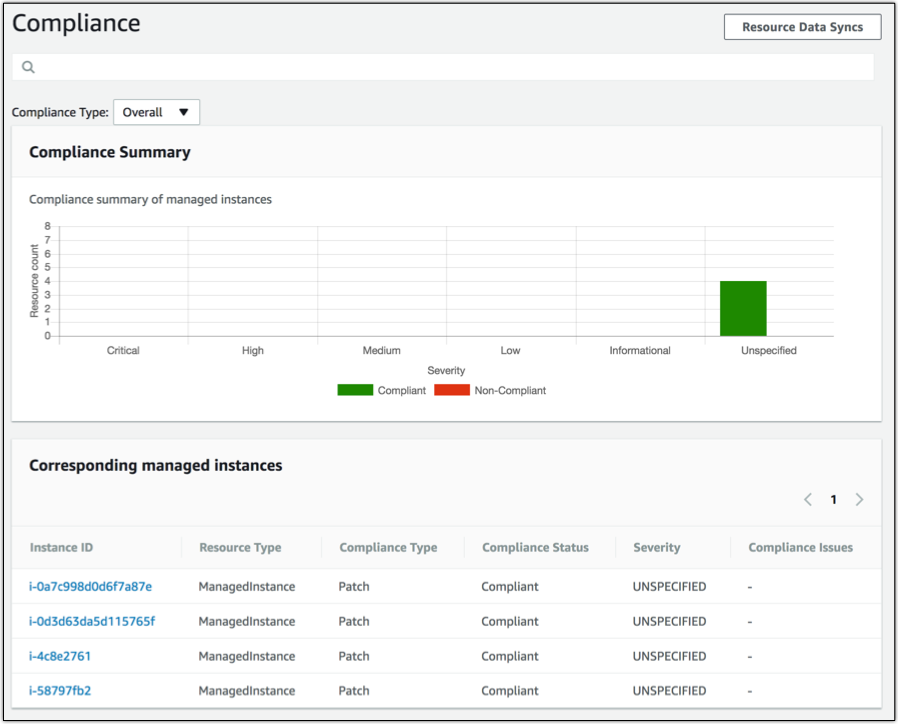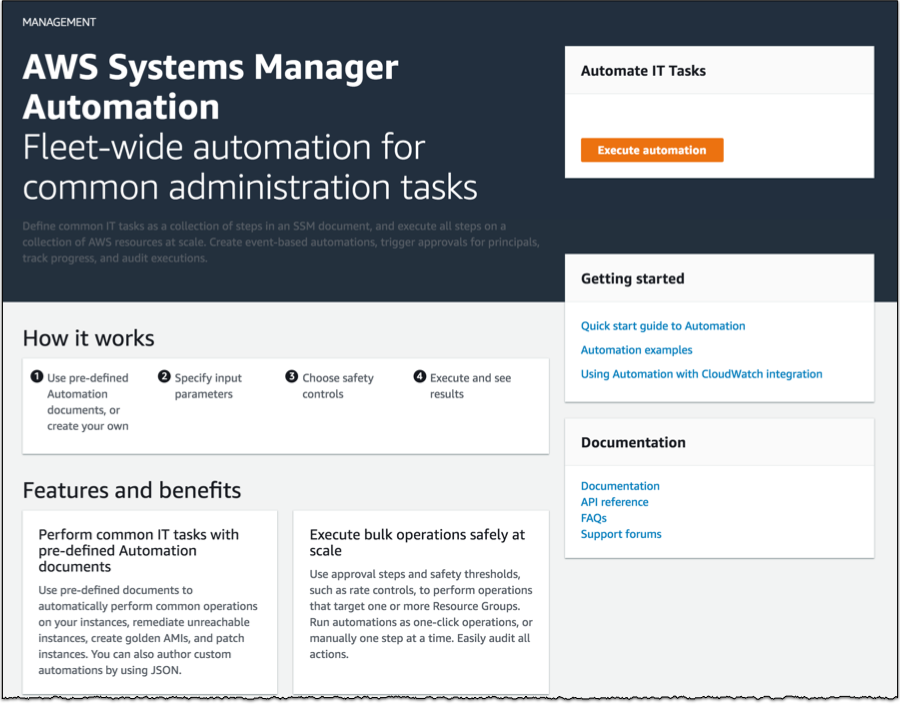AWS News Blog
AWS Systems Manager – A Unified Interface for Managing Your Cloud and Hybrid Resources
AWS Systems Manager is a new way to manage your cloud and hybrid IT environments. AWS Systems Manager provides a unified user interface that simplifies resource and application management, shortens the time to detect and resolve operational problems, and makes it easy to operate and manage your infrastructure securely at scale. This service is absolutely packed full of features. It defines a new experience around grouping, visualizing, and reacting to problems using features from products like AWS Systems Manager to enable rich operations across your resources.

As I said above, there are a lot of powerful features in this service and we won’t be able to dive deep on all of them but it’s easy to go to the console and get started with any of the tools.
Resource Groupings
Resource Groups allow you to create logical groupings of most resources that support tagging like: Amazon Elastic Compute Cloud (Amazon EC2) instances, Amazon Simple Storage Service (Amazon S3) buckets, Elastic Load Balancing balancers, Amazon Relational Database Service (Amazon RDS) instances, Amazon Virtual Private Cloud (Amazon VPC), Amazon Kinesis streams, Amazon Route 53 zones, and more. Previously, you could use the AWS Console to define resource groupings but AWS Systems Manager provides this new resource group experience via a new console and API. These groupings are a fundamental building block of Systems Manager in that they are frequently the target of various operations you may want to perform like: compliance management, software inventories, patching, and other automations.

You start by defining a group based on tag filters. From there you can view all of the resources in a centralized console. You would typically use these groupings to differentiate between applications, application layers, and environments like production or dev – but you can make your own rules about how to use them as well. If you imagine a typical 3 tier web-app you might have a few EC2 instances, an ELB, a few S3 buckets, and an RDS instance. You can define a grouping for that application and with all of those different resources simultaneously.
Insights
AWS Systems Manager automatically aggregates and displays operational data for each resource group through a dashboard. You no longer need to navigate through multiple AWS consoles to view all of your operational data. You can easily integrate your exiting Amazon CloudWatch dashboards, AWS Config rules, AWS CloudTrail trails, AWS Trusted Advisor notifications, and AWS Personal Health Dashboard performance and availability alerts. You can also easily view your software inventories across your fleet. AWS Systems Manager also provides a compliance dashboard allowing you to see the state of various security controls and patching operations across your fleets.


Acting on Insights
Building on the success of EC2 Systems Manager (SSM), AWS Systems Manager takes all of the features of SSM and provides a central place to access them. These are all the same experiences you would have through SSM with a more accesible console and centralized interface. You can use the resource groups you’ve defined in Systems Manager to visualize and act on groups of resources.
Automation

Automations allow you to define common IT tasks as a JSON document that specify a list of tasks. You can also use community published documents. These documents can be executed through the Console, CLIs, SDKs, scheduled maintenance windows, or triggered based on changes in your infrastructure through CloudWatch events. You can track and log the execution of each step in the documents and prompt for additional approvals. It also allows you to incrementally roll out changes and automatically halt when errors occur. You can start executing an automation directly on a resource group and it will be able to apply itself to the resources that it understands within the group.
Run Command
Run Command is a superior alternative to enabling SSH on your instances. It provides safe, secure remote management of your instances at scale without logging into your servers, replacing the need for SSH bastions or remote powershell. It has granular IAM permissions that allow you to restrict which roles or users can run certain commands.
Patch Manager, Maintenance Windows, and State Manager
I’ve written about Patch Manager before and if you manage fleets of Windows and Linux instances it’s a great way to maintain a common baseline of security across your fleet.
Maintenance windows allow you to schedule instance maintenance and other disruptive tasks for a specific time window.
State Manager allows you to control various server configuration details like anti-virus definitions, firewall settings, and more. You can define policies in the console or run existing scripts, PowerShell modules, or even Ansible playbooks directly from S3 or GitHub. You can query State Manager at any time to view the status of your instance configurations.
Things To Know
There’s some interesting terminology here. We haven’t done the best job of naming things in the past so let’s take a moment to clarify. EC2 Systems Manager (sometimes called SSM) is what you used before today. You can still invoke aws ssm commands. However, AWS Systems Manager builds on and enhances many of the tools provided by EC2 Systems Manager and allows those same tools to be applied to more than just EC2. When you see the phrase “Systems Manager” in the future you should think of AWS Systems Manager and not EC2 Systems Manager.
AWS Systems Manager with all of this useful functionality is provided at no additional charge. It is immediately available in all public AWS regions.
The best part about these services is that even with their tight integrations each one is designed to be used in isolation as well. If you only need one component of these services it’s simple to get started with only that component.
There’s a lot more than I could ever document in this post so I encourage you all to jump into the console and documentation to figure out where you can start using AWS Systems Manager.
– Randall